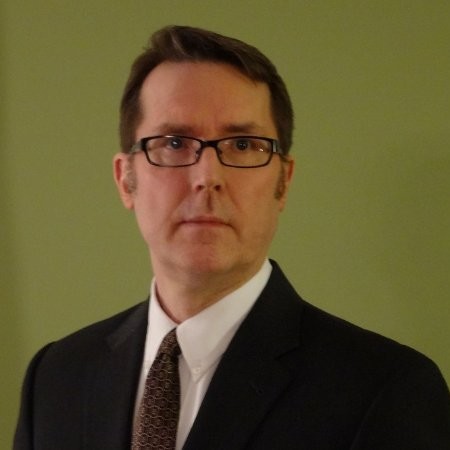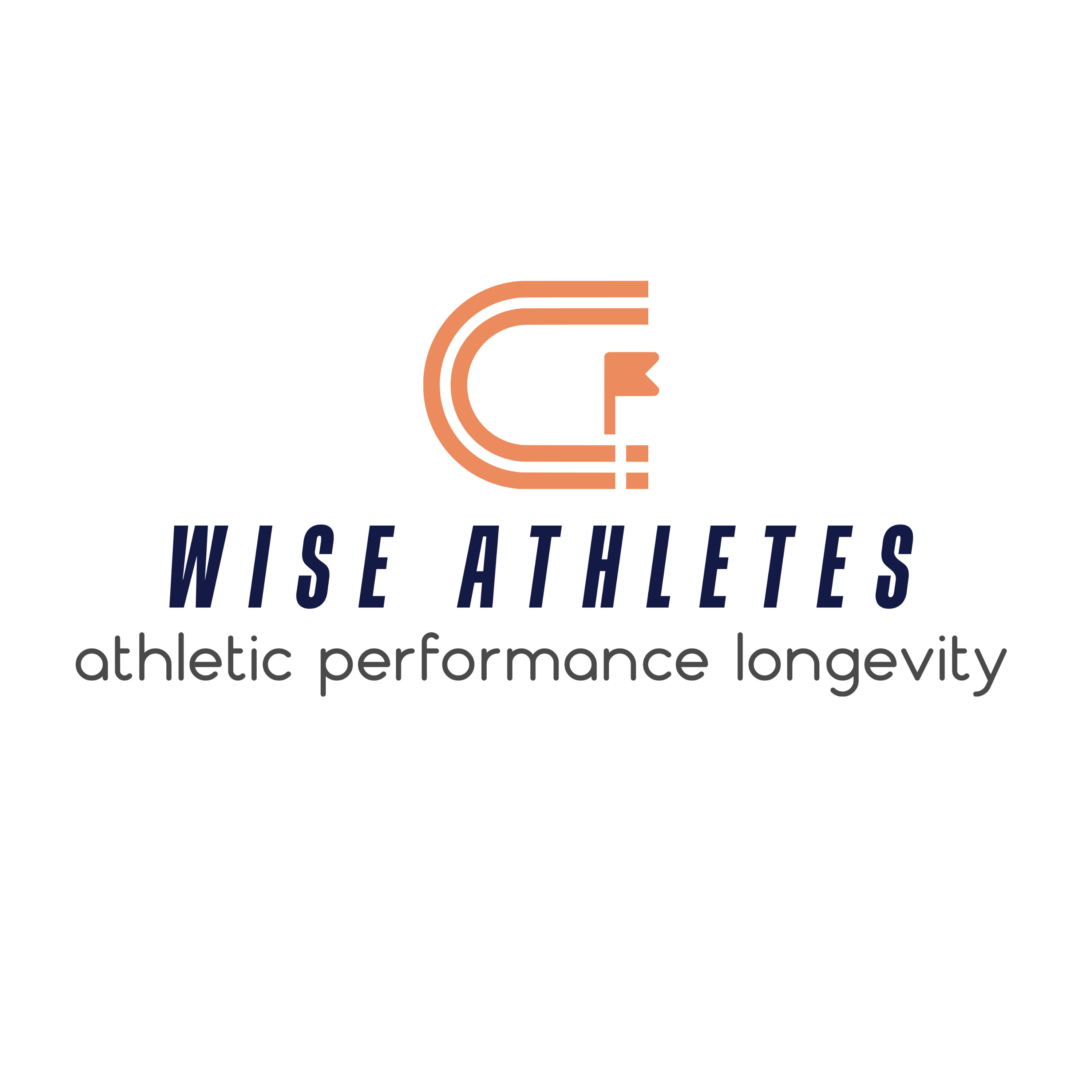Sponsor: RePowerU — a free fitness practices assessment (a 10-minute questionnaire)
http://rockymountainhpc.com/dr.-black.html
Dr. Stephen Black is the CEO and Owner of Rocky Mountain Human Performance Center. He is an acknowledged leader in the field of sports medicine, rehabilitation, fitness, and sports performance. Dr. Black has worked extensively with professional and amateur athletes in many sports, leveraging his holistic and integrative approach to improve performance.
Dr. Black is himself a long-time, high-level athlete, who knows personally as well as professionally the challenges and opportunities available to us all for slowing the effects of aging with individualized programming for higher fitness and superior performance.
Dr. Black’s philosophy is to proactively addressing imbalances, deficiencies, and poor movement patterns to help older athletes become healthier and stronger while having fun.
Show Notes: not a transcript but a summary of the key points discussed with links to other material mentioned.
Consider two sides of that questions: chronologic age vs. physiological age.
One thing is the younger a person started participating in athletic activity, the greater their health as chronological age progresses. Exceptions can occur due to lifestyle changes and accidents. But putting deposits into the fitness bank helps delay aging.
I’ll start by saying it is always better to be proactive than reactive. If you can get ahead of issues, you’ll get further than you will by trying to solve issues after they arrive.
If proactive is the goal: take a close look at your current level of health. Get blood test, physiological testing (HR, VO2Max, etc.)….get objective measures. Then set some reasonable goals, and develop a plan to move toward those goals.
Consistency and moderation are two important strategies for the older athlete. Apply to everything: nutrition, supplements, exercise prescription with a balance of cardio and strength as well as flexibility and mobility. And then a reasonable timeframe.
Q:Want to come back to consistency…..touch on habits, breaking and setting habits
Absolutely.
Let’s hit a couple of categories.
Blood work; I mentioned getting blood work done to find out what is going on metabolically in your body. 3 things to quantify and control to impact health: sugar, salt, fat.
Maximum heart rate: not calculated, because that is based on age. But a physiological test. A normal stress test from your doctor will not determine your maximum heart rate. Your physician will take you to your predicted max, which could be far below your actual max HR if your physiological age is less than your chronological age. Plus, they often say you don’t want to exceed 60% of your calculated maximum, which will not be able to assess your fitness unless you are very, very unfit.
With this information, an exercise program can be constructed to meet your goals over time.
I talk about Nutrition, not diet, whichI think of as short term success and long term failure. Fuel the body like you are fueling with the optimal fuel for optimal performance, regardless of how you define performance. Nutrition is a key factor in healthy longevity. Amounts of fats, carbs, protein, electrolytes, minerals.
Yes, set the baseline via the blood work numbers plus what they do as an athlete and where they are in their annual plan (building, competition, recovery).
Calories, types of foods.
1 week food diary, and then a monthly food diary.
People migrate to about 47 different foods, and they will not comply with anything outside their list. So you have to work within they will eat. Give them the right amount of calories, but also work in the proper balance of carbohydrates for the level of effort in the workplan.
Protein is extremely important in all phases. Whether in competition or recovery, we are breaking down protein and we need to consume enough. A complete protein is important. A plant based diet is okay but you have to be careful to combine foods to get a complete protein.
An active person working out 1-3+ hours per day: needs 1.5-2.2 grams per kilo of body weight.
Yes. There are two parts to this answer. One, we don’t digest and assimilate protein as well as we get older, so we need to eat more. Two, related to “leaky gut syndrome”, because of poor diets and medications which increases inflammation in the body and further decreases ability o digest the proteins we eat. So, yes, eat even more protein as you get older to be sure you get enough.
Another point on protein. There is an optimal ratio of protein to carbohydrates. A 1-
to-3 ratio, meaning 1 gram of protein with 3 grams of carbs provides optimal uptake.
And, always start with real food first…..use supplements or manufactured products only to fill gaps.
Plant based proteins are not complete and so breakdown faster for easier digestion, less taxing on the system leading to better quality of sleep which leads to better recovery.
One additional thing that the older athlete needs to include in a good training plan is resistance exercise to maintain muscle strength and preserve bone health. There needs to be weigh bearing resistance exercise to be most effective. Balance and coordination are supported as well.
Body weight and band work is good for maintain what you have, but weights are necessary to get stronger. Often cyclists and runners will say they don’t need to lift lower body because their legs are already getting a workout. This is false. They would be stronger if they lifted weights with their legs as well as upper body. If they did HIIT using weights to get the best results for the time invested.
Everybody needs a annual, periodized plan. Sometimes you need more gym work and less bike/running work. If people are doing the same thing all year long, they are working against themselves….the body will adapt.
And go to where the cyclists hang out, and see which one’s stand with a hunched over posture and have “olive oil” arms. They are the ones who are not working on getting rid of muscle imbalances caused by their sport (and by sitting too much). This is related to the idea of not just focusing on getting faster and stronger in your sport but also working on your health for the future. These are obviously related but still separate ideas.
John Jerome. Author and Sports psychologist. High ranking tennis player. Wrote Sweet Spot in Time.
https://www.google.com/books/edition/The_Sweet_Spot_in_Time/HKm6tAEACAAJ?hl=en
You are too old to die young. Dan Zeeman. Athletes need to make the transition from competition to lifestyle. Switching the mindset away from performance and toward more lifestyle for health and longevity. Nutritional, cardio, strength, mobility, agility.
https://medium.com/46-to-64/introduction-to-youre-too-old-to-die-young-by-dan-zeman-64d397940321
Yes. It’s important to be mindful of your current situation, and be aware that you need to change it frequently. The body adapts to chaos better than I adapts to sedentary being. After sitting to do this podcast, we need to be prepared to move afterwards.
We are only just scratching the surface of the power of the mind.
For me personally, I am lucky in that I have daily contact with my clients. That drives me to be a role model of effective behavior plus I get constantly reminded of what can go wrong if I was to lose focus and fall away from healthy behavior.
In addition, our wearables and reminders on our phones allows us to have the proper cues to drive good behavior.
Another factor is the social factor. If you can become engaged in your healthy behaviors, it helps a ton in making sure it happens.
Simon Sinek. Leadership podcast. The characteristic of a Leader is to carry others along. That’s also the meaning of the word Coach. Also the philosophy of the team, like the Navy Seals: one is none, two is one.
https://simonsinek.com/podcast
Building Strong Habits episode: https://www.wiseathletes.com/podcast/45-build-strong-habits-with-samuel-salzer/

Tracking your biological age factors is the best way to zero-in on what works to improve your athletic performance, and extend your own healthy...

WiseAthletes on FullScript Hey Everyone, welcome to WiseAthletes, your source for discovering how to flourish as an older athlete, and find your path to...

Back when I was a mountaineer and rock climber, and looking for funny but true sayings to help guide me in moments of need…moments...